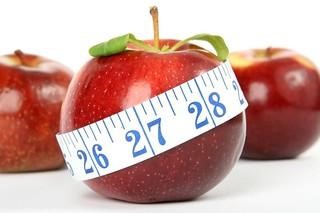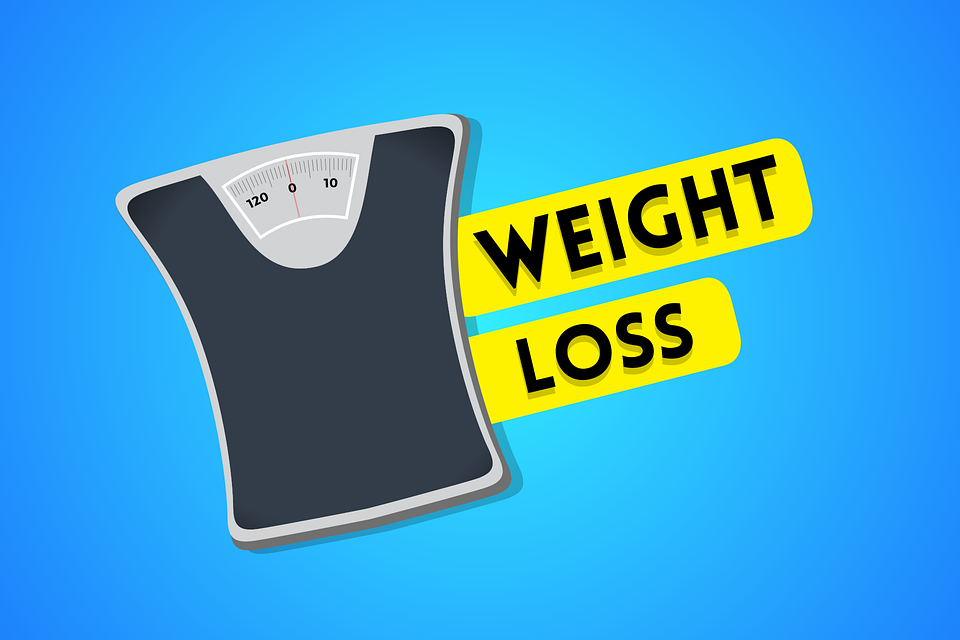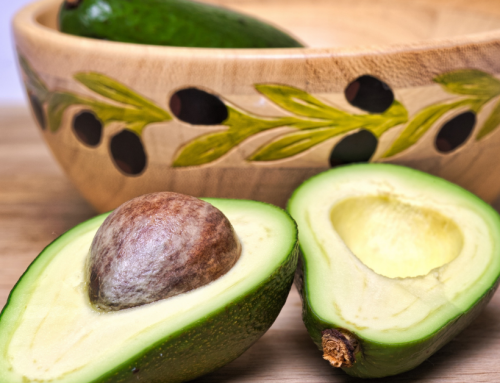Intermittent Fasting 101 Guide
As one of the most popular health and fitness trends, intermittent fasting is helping people improve their lives, get back on track with their health, and lose weight. Intermittent fasting should not be confused with starvation or fasting for days on end. Instead, an intermittent fast is a careful and methodical selection of a period when one consumes calories and when one does not consume calories and only drinks water. This practice has powerful effects on your body and brain and may even help you live longer.
Here are all the details on Intermittent Fasting.
How The Loss of Body Mass Occurs

As metabolism works to convert both food and physical stores (glycogen and fat) to ATP (adenosine triphosphate and energy-carrying molecule found in the cells of all living things) for use, carbon dioxide is formed as the primary waste product. Exhaling CO2 is the only way carbon is removed from the body. Everything we put in our mouths is used as energy or stored as fat. When practicing intermittent fasting, the allotted time frame in which one can consume energy calories is significantly cut in half and, in some cases, down to a four-hour time frame.
What happens when you limit the time you have to eat food? Some people will eat one large meal a day or only once in 24 hours (Gandhi does this), others will swallow for eight hours like 11 AM- 7 PM, that way, they still participate in family dinners or social food-based gatherings.
I recommend choosing a time frame that works best with your lifestyle and current eating habits.
However, suppose you are trying to change your eating habits by inviting the practice of intermittent fasting into your schedule. In that case, it is essential to remain vigilant about making good food choices.
Just because you are choosing to eat for an eight-hour window doesn’t mean you need to eat the entire time. Nor does this mean that you can eat whatever you want or binge on the most unhealthy meal there is on the menu. All this window creates is a start and an end time for you to meet your calorie or macro goal in a healthy, nutritious way.
The pounds will start to melt off. This occurs because, during your non-eating time, you are consuming an excessive amount of water. The water is keeping your belly full, and it is also running through your system, essentially cleaning you out.
There’s a significant shift in hormones when you put yourself into a fasting state (more on that later.) Blood sugar levels don’t elevate during fasting. Somehow, being in a non-eating state, you have a tremendous amount of energy and focus. It is believed that this energy and focus that occurs during a fasting state comes from the energy stores that we have accumulated, i.e., our fat cells.
The Brief History of Intermittent Fasting

This eating pattern has been around for centuries but does not specify which foods you can eat. If you are practicing keto, you may find yourself falling into a rhythm that aligns with an intermittent fasting schedule. Due to the high-fat content and nutritional value of the foods consumed in nutritional ketosis, your body remains satiated for more extended periods.
Intermittent fasting is not a diet but an eating pattern.
Most practices follow a daily 16 hour fast with 8 hours for eating or two 24 hour fasts per week. Taking food out of the equation of your social and family life may cause panic, most of us go about our days thinking about what our next meal will be. Combing through history will tell you the story of how humans have become obsessed with food.
Way back in the day ancient hunter-gatherers didn’t have supermarkets (YIKES!), refrigerators, or food available year-round. Sometimes they couldn’t find anything to eat. Imagine if you and your family were without the modern-day conveniences we have and forced to find food independently. It would be an exciting and highly different environment worldwide. If left in the woods for a week, most people do not have the knowledge or skills to determine what is edible and what is poisonous, nor how to skin or catch an animal for a meal.
Watching the show “Naked and Afraid” does not make you an expert, but it does offer some real-world scenarios that force us to appreciate the luxuries we have! The depiction of humans in the wild alongside animals is astonishing to watch and inspires modern-day people stuck behind a computer all day to GET OUTSIDE!
Historically, humans could not find food; they evolved without food for extended periods.
Could you imagine a day when you do not know where your next meal will come from? Our modern-day world offers food to be delivered to your doorstep. This might be a complex concept to grasp. The importance of knowing that we will survive without food or with less food is the foundation of the intermittent fasting mindset.
I will go as far as to say that fasting from time to time is more natural than eating three to four times a day. It’s how humans thrived for many centuries.
There are religious and spiritual reasons that inspire people to get on a fasting schedule; Islam, Christianity, Judaism, and Buddhism practice types of fasting periods. Some may be familiar with these fasting cycles that their religious practices encompass; others will be very unfamiliar with spending a day without food.
The Methods Available To You

There are several different ways to do intermittent fasting. Each way involves splitting the day or week into eating and fasting periods. Choosing the method that will work best for you is determined by your current health status, weight loss goals, schedule, and self-control.
For some people, calorie counting is neither fun nor practical. We are saturated in our work, not exercising enough, and unnecessarily stressed as a society. Counting calories is the last thing we want to think about or put any effort into. However, losing weight and gaining clarity about calorie consumption will allow you to shift your focus back to your health and wellness and away from stressful work problems that may never get better.
Three ways you can pick up this eating pattern are as follows:
- The 16/8 method, also referred to as the Leangains protocol, involves skipping breakfast and restricting your eating period to 8 hours, such as 1-9 pm or 11-7 pm, then you fast for 16 hours in between.
- Eat-stop-eat involves fasting for 24 hours, once or twice a week, for example, by not eating from dinner one day until dinner the next day.
- The 5:2 method involves consuming 500-600 calories on two consecutive days of the week and then eating normally the other five days.
Overall, all three of these popular methods aim to reduce weekly calorie intake. Which should cause weight loss as long as you don’t compensate by eating much more during the eating periods.
Most people find the 16/8 method the simplest, most sustainable, and easiest to stick to. It’s the most popular and delivers weight loss results.
Fasting and Hormones Effect

When you decide to split your day or week for a fast, several things happen in your body at a cellular level. For example, your body adjusts hormone levels to make stored body fat more accessible. HGH (human growth hormone) levels skyrocket as much as fivefold. This allows you to reap the benefits of fat loss and muscle gain. If you have started a keto diet and have plateaued on your fat loss, it may be time to practice intermittent fasting and weight training. The muscle gains will come more accessible than they ever had before.
Insulin sensitivity improves when you practice intermittent fasting correctly. Also, levels of insulin drop dramatically. Those lower insulin levels make stored body fat more accessible. If you have diabetes type two, implementing an intermittent fasting pattern to your eating style might work well for you. Be careful because if you do not consume enough fluid and electrolytes, you may get dizzy or have other unwanted side effects.
The cellular repair that coincides with intermittent fasting is remarkable. When your cells fast, they initiate cellular repair processes. Most people that try fasting or intermittent fasting are drawn to it; because of the promise of weight loss, though the process of autophagy is another reason to try fasting.
Autophagy is the body cleaning out damaged cells to regenerate newer, healthier cells. “Auto” means self, and “phagy” means to eat, so the literal meaning of autophagy is “self-eating”.
This might not sound appealing to most people, putting yourself in a state of starvation with only water to consume. The primary purpose and colossal health benefit of choosing to fast are purging those old damaged cells. Some people have claimed they cured themselves of cancer from practicing fasting.
Another excellent scientific benefit to fasting is the changes in gene expression. The changes in hormones levels, cell function, and gene expression are responsible for the health benefits of intermittent fasting.
The Power of Fasting in Weight Loss

Most people are attracted to fasting because it will help them shed extra pounds; without putting extra work in at the gym or learning an extreme diet. People are terrified to change their diet. It’s because that means that they have to change their lifestyle and get rid of a lot of the things they enjoy. Many individuals interested in fasting are looking for “the easy way out” of the hard work.
The good news is that intermittent fasting or a 5:2 schedule eating pattern will facilitate weight loss because it causes changes in your hormone levels.
When I refer to hormone levels, I am not talking about testosterone and estrogen; I am talking about hunger hormones, brain chemical receptors, human growth hormones. Additionally, intermittent fasting lowers insulin. Norepinephrine (noradrenaline), is a fat-burning hormone that is significantly increased with intermittent fasting.
Because of these hormonal changes that occur in your body while in a fasted state, short-term fasting may increase your metabolic rate by 3.6-14%. Intermittent fasting helps you eat fewer calories and burn more calories, burning both sides of the calorie equation. Some studies show that intermittent fasting causes less muscle mass loss than the typical calorie restricting methods.
This type of eating pattern is a powerful weight-loss tool indeed!






